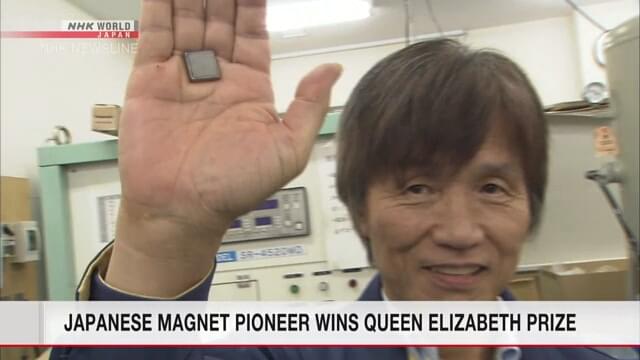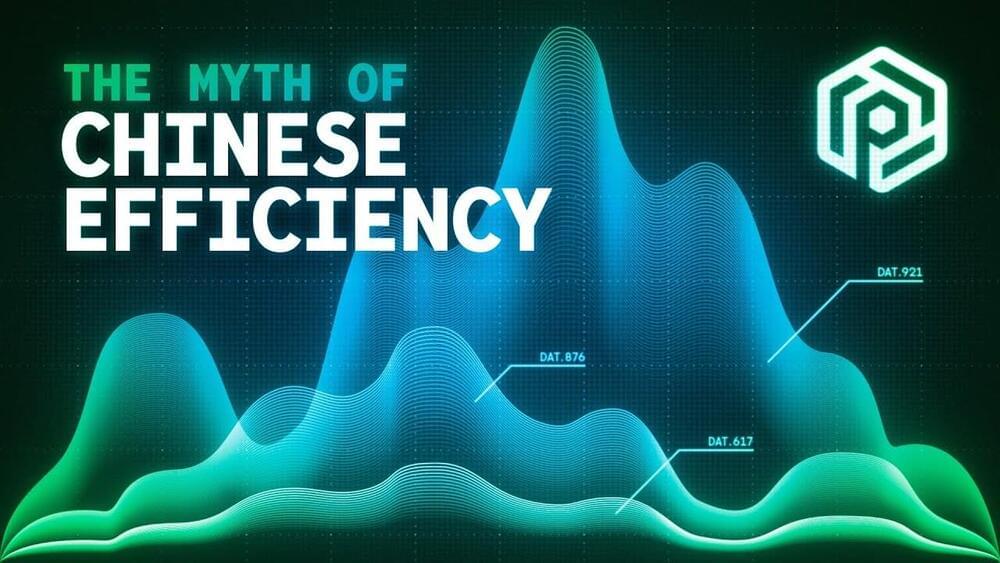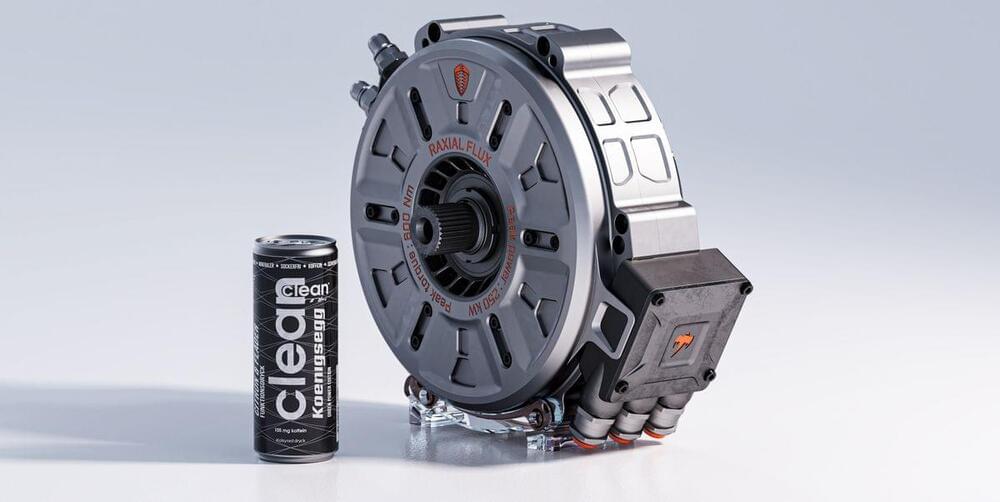Denoising an image is a classical problem that researchers are trying to solve for decades. In earlier times, researchers used filters to reduce the noise in the images. They used to work fairly well for images with a reasonable level of noise. However, applying those filters would add a blur to the image. And if the image is too noisy, then the resultant image would be so blurry that most of the critical details in the image are lost.
There has to be a better way to solve this problem. As a result, I have implemented several deep learning architectures that far surpass the traditional denoising filters. In this blog, I will explain my approach step-by-step as a case study, starting from the problem formulation to implementing the state-of-the-art deep learning models, and then finally see the results.









